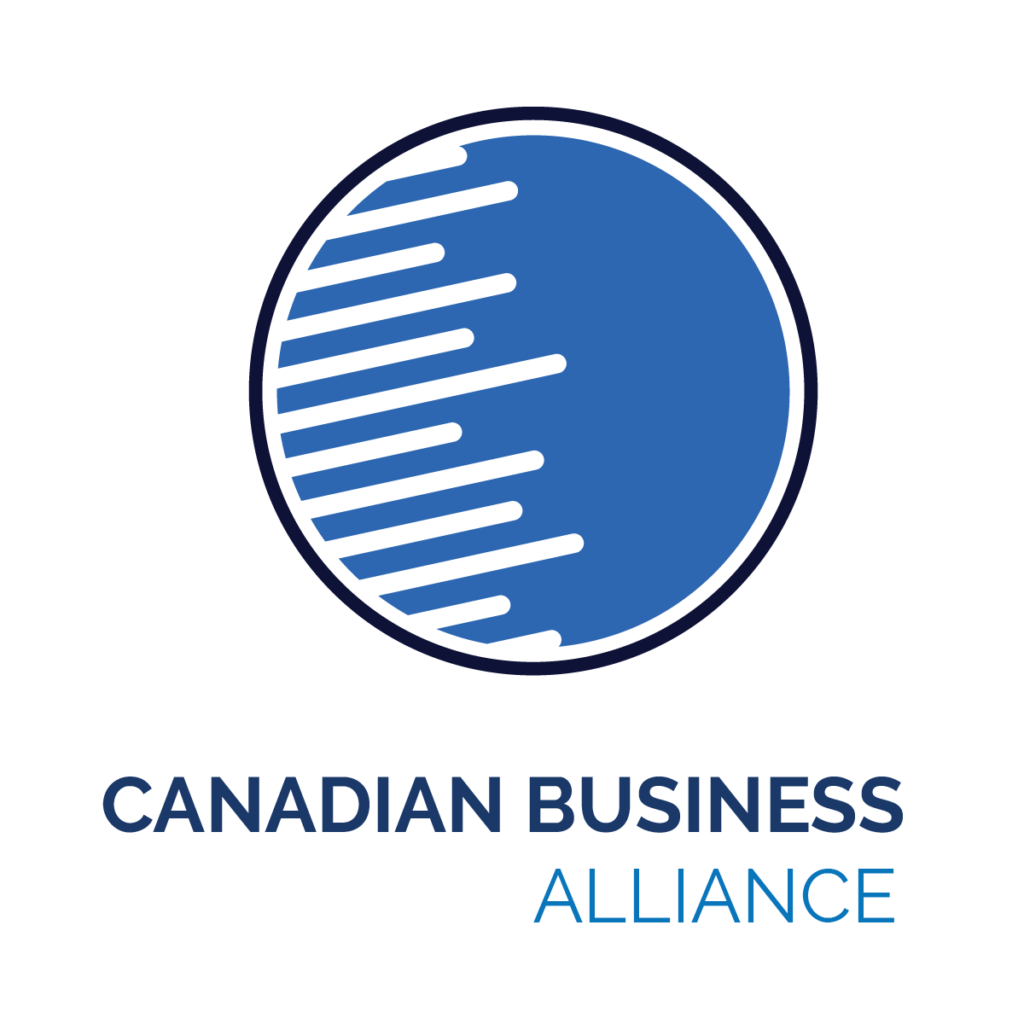Elevate Your Workforce Developing a Robust Employee Training and Development Program
Investing in employee training and development is no longer a luxury—it’s a necessity. In today’s fast-paced business environment, organizations that prioritize the growth and development of their employees are better positioned to thrive. This blog post will guide HR professionals through practical steps to create an effective training program that not only enhances employee skills but also boosts overall productivity and job satisfaction.
Assess Your Training Needs
Why It’s Important
Understanding your organization’s unique training needs is the first step toward a successful employee development program. Without identifying these needs, you risk creating a program that misses the mark, wasting both time and resources.
How to Do It
Start by conducting surveys or interviews with employees and managers to get a sense of the skills and knowledge gaps within your team. This direct feedback is invaluable for tailoring your training program to meet actual needs. Additionally, analyze performance reviews to identify common areas where employees may be struggling. This data-driven approach ensures that your program addresses the right issues.
Define Clear Objectives
The Goal
Setting specific, measurable goals for your training program is crucial for its success. Clear objectives provide direction and help you measure the program’s effectiveness.
Steps to Take
Begin by identifying what you want your employees to learn. Are you aiming to improve technical skills, boost soft skills, or both? Once you have a clear understanding of your goals, set achievable objectives for each training module. For instance, if your goal is to improve customer service skills, an objective could be to reduce customer complaint resolution time by 20% within six months.
Choose the Right Training Methods
Why It Matters
Different training methods work better for different learning styles and types of training. The key is to choose methods that align with your objectives and the needs of your employees.
Options to Consider
In-person workshops and seminars are excellent for hands-on learning and networking. Online courses and webinars offer flexibility and convenience, making it easier for employees to fit training into their schedules. On-the-job training and mentoring provide real-world experience and personalized guidance. By combining these methods, you can create a comprehensive training program that caters to various learning preferences.
Develop Engaging Training Content
The Benefit
Engaging training content keeps employees interested and enhances the learning experience. Boring or irrelevant content can lead to disengagement and low retention rates.
How to Create It
Use a mix of formats such as videos, presentations, and interactive exercises to keep the training dynamic. Incorporate real-world examples and case studies to make the content relatable and practical. Interactive elements like quizzes and group discussions can also enhance engagement and promote active learning.
Implement a Learning Management System (LMS)
Why It’s Useful
A Learning Management System (LMS) simplifies the process of delivering and tracking training. It provides a centralized platform where employees can access training materials, complete assessments, and track their progress.
How to Choose One
When selecting an LMS, look for one that fits your budget and meets your organizational needs. Key features to consider include course management, progress tracking, and assessment tools. An effective LMS can streamline your training program and make it more accessible for employees.
Schedule Regular Training Sessions
The Goal
Continuous learning and development are essential for keeping employees’ skills up-to-date. Regular training sessions ensure that learning becomes an ongoing process rather than a one-time event.
Tips for Scheduling
Plan regular training sessions, such as monthly or quarterly, to maintain a consistent learning schedule. Offer flexible times to accommodate different work schedules and ensure maximum participation. Consistency is key to reinforcing new skills and knowledge.
Encourage a Culture of Continuous Improvement
Why It’s Crucial
A culture of continuous improvement motivates employees to keep learning and growing. It fosters an environment where development is valued and recognized.
How to Foster It
Recognize and reward employees who actively participate in training programs. This could be through incentives, public acknowledgment, or career advancement opportunities. Promote a growth mindset by encouraging feedback and making it clear that everyone can improve and develop their skills.
Measure Training Effectiveness
The Importance
Measuring the effectiveness of your training program helps you understand what’s working and what needs improvement. Without this evaluation, it’s challenging to determine the program’s impact.
Ways to Measure
Use pre- and post-training assessments to gauge knowledge gains. Collect feedback from participants through surveys and evaluations to understand their perspective on the training. This data will provide insights into the program’s strengths and areas for improvement.
Adjust and Improve the Program
Why It’s Necessary
Regularly reviewing and adjusting your training program ensures it stays relevant and effective. Employee needs and organizational goals can change, and your training program should evolve accordingly.
Steps to Take
Review feedback and assessment results to identify areas that need adjustment. Make necessary changes to content, training methods, or scheduling based on this data. Continuous improvement ensures your program remains aligned with organizational objectives and employee needs.
Provide Opportunities for Career Development
The Benefit
Offering career development opportunities helps retain talent and promotes employee growth. Employees are more likely to stay with an organization that invests in their future.
How to Do It
Provide advanced training for high-potential employees to prepare them for leadership roles. Encourage participation in industry conferences and workshops to expand their knowledge and network. Support further education and certification programs to enhance their qualifications and career prospects.
Developing a robust employee training and development program is a vital investment in your organization’s future. By following these steps—assessing training needs, defining clear objectives, choosing the right methods, developing engaging content, implementing an LMS, scheduling regular sessions, fostering a culture of improvement, measuring effectiveness, adjusting the program, and providing career development opportunities—you can create a comprehensive training program that benefits both employees and the organization.
Start implementing these tips today and see the positive impact on your workforce’s skills, productivity, and job satisfaction. We invite you to share your experiences or ask questions in the comments section.


